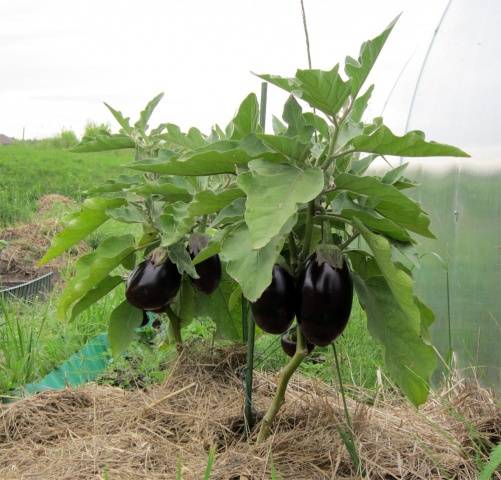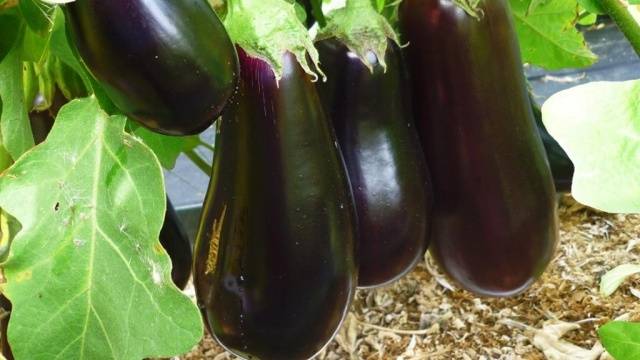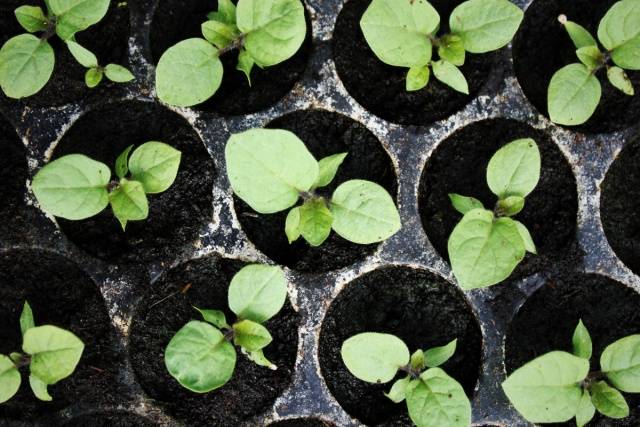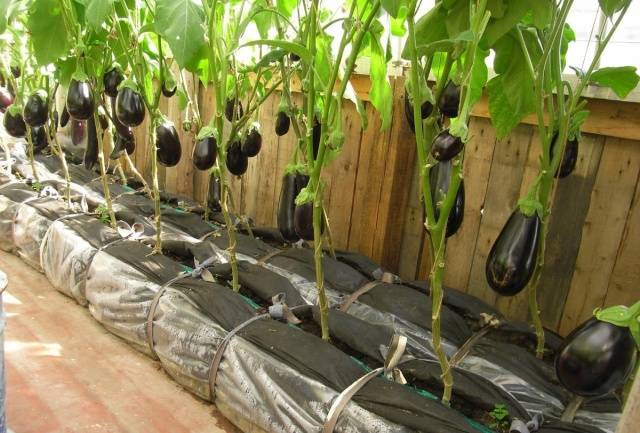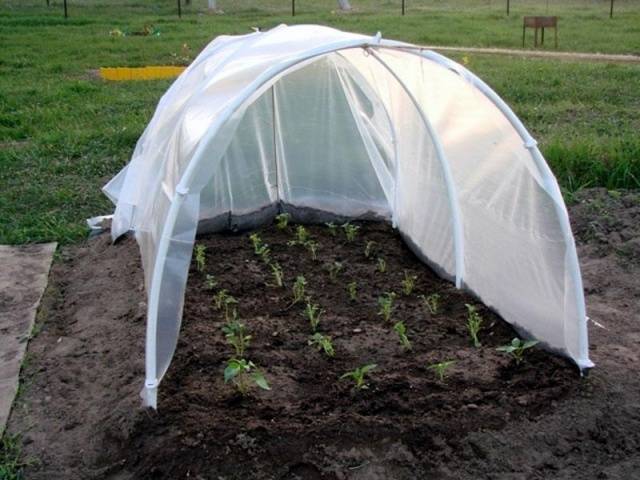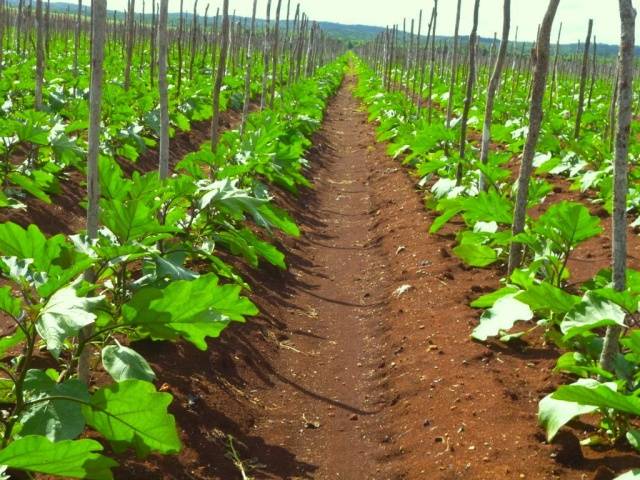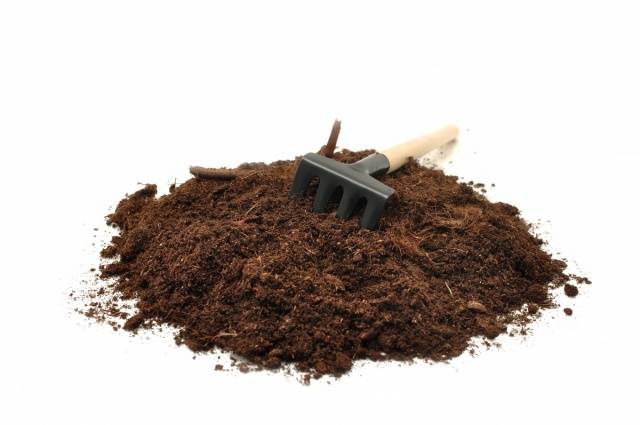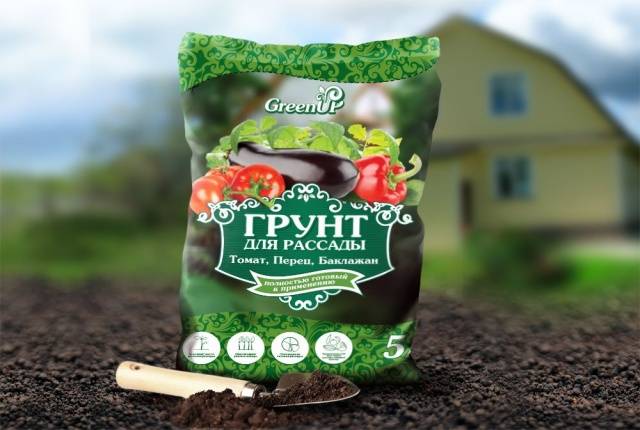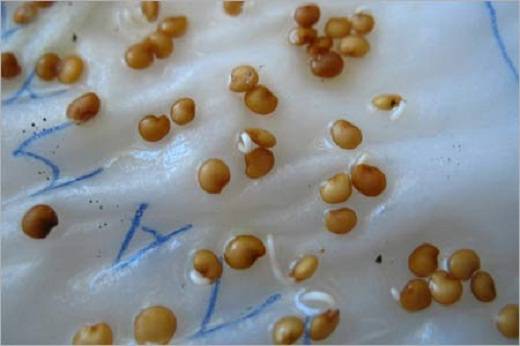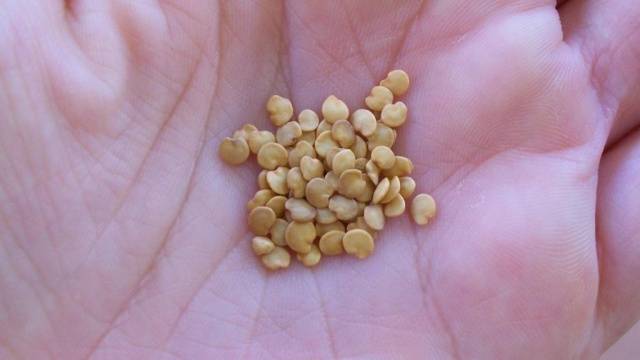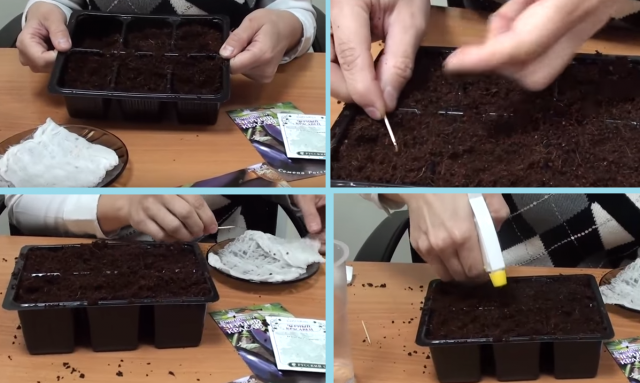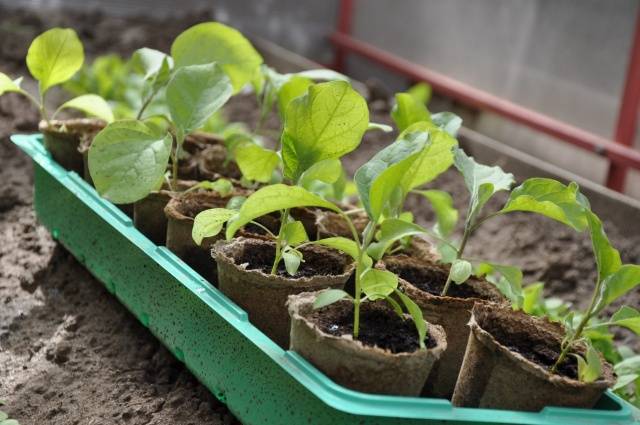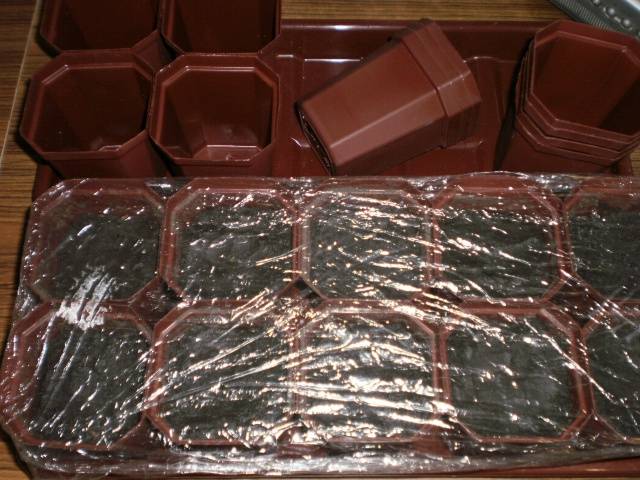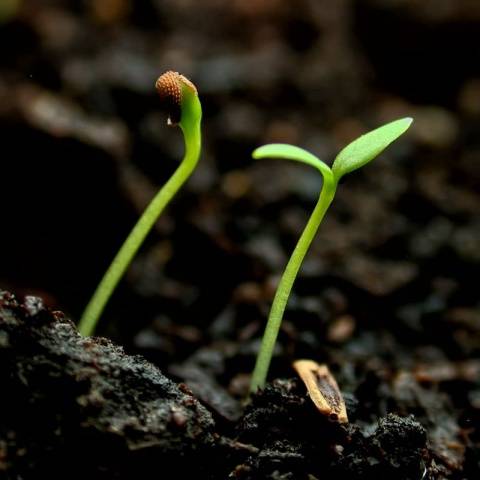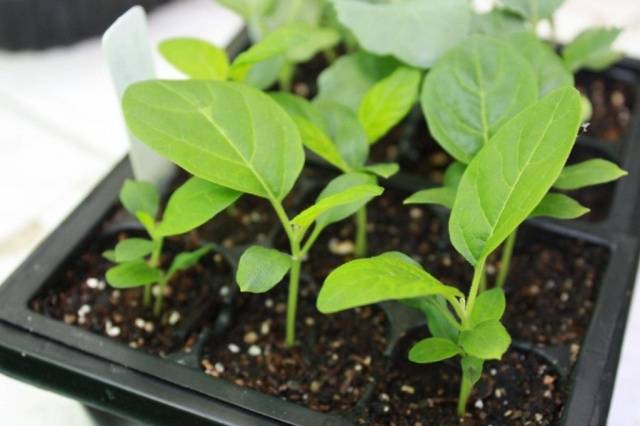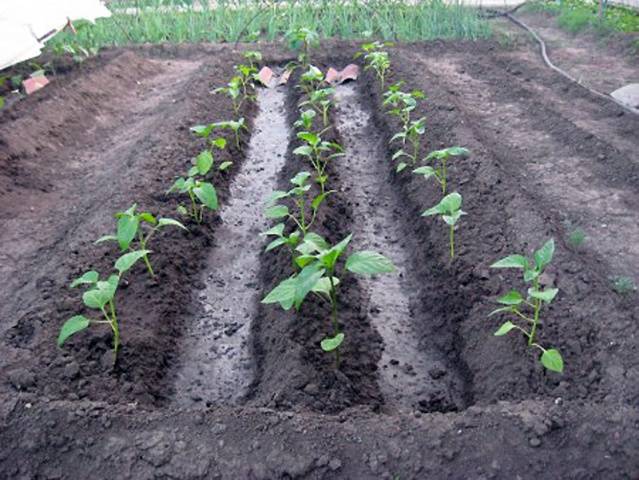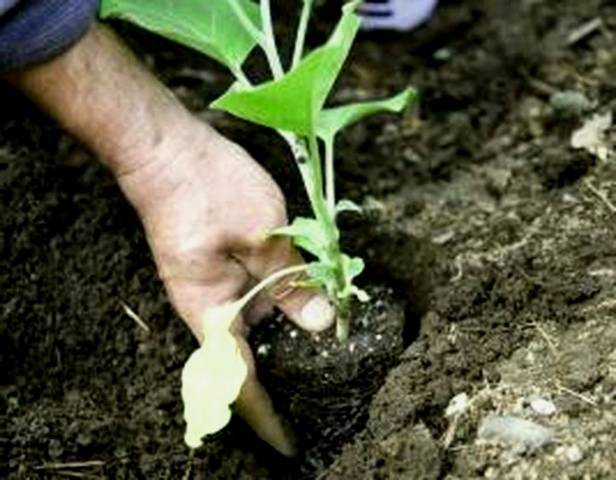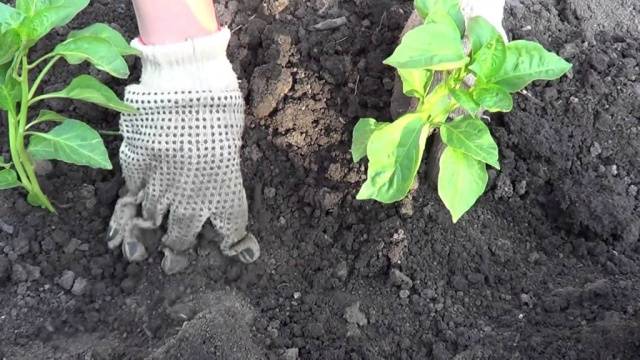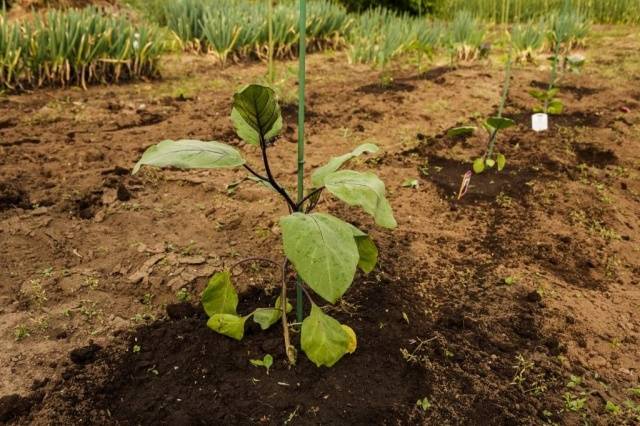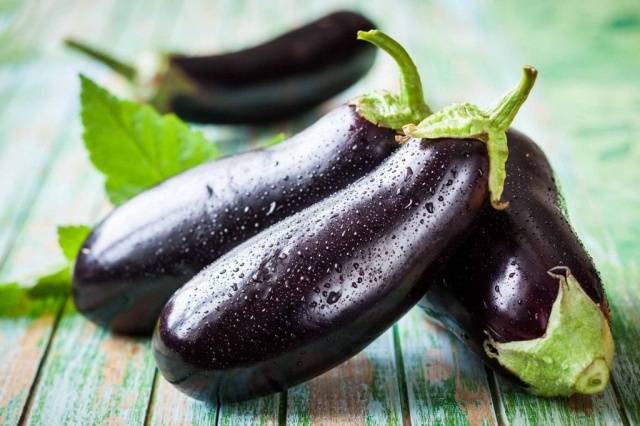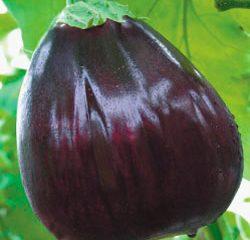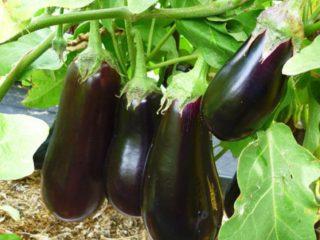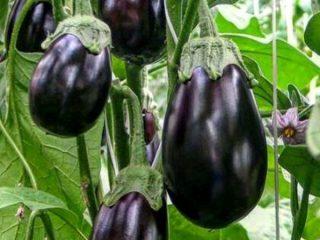Content
Eggplant cultivation began in India and Central Asia; the Russian climate is considered too cold for this southern crop. But, despite the fact that eggplants were brought to Russia only at the end of the nineteenth century, they are already grown everywhere with great success, even summer residents from Siberia can boast of a good harvest of blue ones.
How to grow eggplants in the temperate climate of the middle zone will be discussed in this article. Particular attention should be paid to transplanting eggplant seedlings, since it is at this stage that inexperienced gardeners “lose” a large number of seedlings.
What is special about eggplants?
It is believed that growing eggplants in a summer cottage, or even in a greenhouse, is somewhat more difficult than growing other crops, such as cucumbers, tomatoes and bell peppers.
There are a number of reasons for this:
- For many plants, the optimal soil temperature is 12 degrees. While eggplants need soil heated to +18 Celsius for normal development.
- Air temperature during the day and at night is equally important. Firstly, there should be no sudden changes in daily temperature. Secondly, eggplants love warmer climates; the optimal range for them is from +18 to +26 degrees.
- Frosts are not at all acceptable for eggplants - the plants will simply die.
- When the temperature drops to +13 degrees, eggplant bushes shed ovaries, flowers and leaves.
- It is much safer to grow eggplants in greenhouses or at least use film temporary shelters for fragile seedlings.
- Eggplant does not like shade; this plant needs the maximum amount of sunlight.
- Plantings should not be thickened, nor should they be plant eggplants near other tall plants or fences, hedges - the crop needs space and air, the leaves must be well ventilated.
An important factor is the long growing season of eggplant. If in warm countries this crop can develop normally in the ground and be grown from seeds, then in the temperate climate of Russia eggplants are planted only by seedlings, with preference given to greenhouse plantings.
How to grow eggplant
So, in order to grow eggplants in Russia, you will have to start preparing seedlings. The first thing to do is calculate the time for sowing the seeds. To do this, you need to know the period of fruit ripening; this information can be easily found on the package with seed material.
The second factor is that seedlings are usually planted in soil or a greenhouse at the age of 70-75 days.
If we take into account that in most regions of the country the soil in the beds will warm up to the required 18 degrees only by the end of May - beginning of June, we can determine the optimal date for sowing eggplant seeds - the end of February - the beginning of March.
If your cottage or garden is located in a cold region where stable temperatures are rare, it is better not to risk it and plant eggplants in a greenhouse.
This can be a heated capital structure, a glass, film or polycarbonate greenhouse heated by the sun's rays, or at least a temporary shelter made of dense polyethylene or special agrofibre.
Having decided on the planting method, you can proceed to the next stage.
Preparing a place for eggplant seedlings
This step largely depends on where the seedlings will be planted. If this is a greenhouse, they begin to prepare the soil in it about three weeks before the intended planting of eggplants. Open ground areas need to be prepared to “receive” eggplants in the fall.
First of all, select a suitable site. This should be the place:
- constantly illuminated by the sun;
- protected from drafts and strong winds;
- located on a hill or on level ground;
- with light, fertile soil;
- on which greens, potatoes, beets, carrots, beans or peas grew in the current season.
It is clear that not all dacha plots in Russia are located on loamy soils. It's not scary - the composition of the soil can be “adjusted” taking into account the requirements of eggplants:
- Rotted sawdust, peat or rotted manure will help increase the moisture capacity of the soil (these additives are added at the rate of two buckets per square meter of land);
- too dense clay soils are loosened using half-rotted sawdust, coarse river sand, peat or rotted compost;
- soils with a sandy composition are diluted with peat, compost, sawdust;
- the predominance of peat in the soil can be “softened” with turf soil and compost.
When the soil on the site is “balanced” and its composition is close to ideal, you can begin to apply fertilizers. Urea, wood ash, superphosphate or potassium sulfate. Nutrients are added to the soil in the required quantity, after which the area is dug up at least 30 cm.
In the spring, preferably after rain, when the ground is wet, the area is dug up again and everything is removed. weeds, roots and excess debris.
For eggplant seedlings you need to do enough raised beds – the optimal height is considered to be about 30 cm. The distance between the rows should be at least 90-100 cm. It is best to plant eggplants in a checkerboard pattern - this way the seedlings will receive more air and light, and will also be easier to care for.
Preparing eggplant seedlings
Before sowing seedlings, you need to select seed material. The best eggplant seeds are those that are two to three years old. It is better not to use last year's seeds, they give poor germination, and the germination time of such seeds is twice as long as, for example, two-year-old seeds.
Selected eggplant seeds need to be germinated. To do this, it is better to take cotton wool or cosmetic cotton pads. It is not recommended to use gauze, as tender sprouts can get stuck in its “cells” and be damaged.
Eggplant seeds are laid out on a cotton pad, which is well moistened with warm water. It is best to use rain or melt water for these purposes - this will speed up the process of “pipping” of the sprouts.
Cotton pads must be constantly damp; they must be additionally moistened every day. After 5-6 days, the eggplant seeds should swell, resulting in fragile sprouts.
The seeds are collected and placed for several hours in a container with a manganese solution or in a thermos with well-hot, but not boiling, water. This step helps disinfect the seed material, which will subsequently help the seedlings resist disease.
Now is the time to prepare containers and soil for seedlings. At this stage, it is necessary to take into account the extreme fragility of the eggplant root system - these plants really do not like transplantation and do not tolerate it well. To minimize stress for eggplants, it is recommended to immediately sow their seeds in individual containers. However, this is not always convenient, for example, when there are a lot of seedlings, or the gardener has not yet had time to purchase small containers.
Peat cups are considered the best container for blueberry seedlings. These containers consist of 70% peat, which is always recommended to be added to the soil for this crop. The remaining 30% is cardboard, which also easily decomposes in the soil within 30 days without causing any harm to its composition.
The soil for eggplant seedlings should be like this:
- compost, sand and turf soil;
- peat, purchased mixture for seedlings, sand;
- manure, turf soil, compost;
- peat, compost.
Any of these compounds are great for growing eggplant seedlings. Fill approximately two-thirds of the container with soil, make a small depression and water with warm water.
A seed is placed in each hole and sprinkled with a thin layer of soil. There is no need to compact the soil in the cup; the seeds must have access to oxygen. The containers are covered with glass or polyethylene and placed in a warm room, the temperature in which is constantly at 25-26 degrees.
After half of the seedlings appear, the film or glass must be removed, otherwise the seedlings will be blocked and spoiled. All seeds must germinate no later than two weeks after planting.
Transplanting eggplant seedlings
If picking seedlings cannot be avoided in any way (for example, the weather is bad, there is no stable heat for a long time, and the seedlings are already “outgrowing” the container), then this must be done extremely carefully.
A few hours before picking, the seedlings are watered generously with water. You need to transport eggplant seedlings with a ball of earth, trying not to damage the stem and roots of the seedlings. Picked blue ones should take root in a new place; it is better not to water them for about 5-7 days. But after this period, it is recommended to feed the seedlings with organic or mineral fertilizer and more frequent watering.
Before planting in a greenhouse or open ground, seedlings must be hardened off. To do this, eggplants are taken out into the open air for several hours every day. The time for “walking” of seedlings should increase gradually - from 10 minutes to 2-3 hours. The seedlings are placed on the leeward side where the sun shines.
Transferring eggplant seedlings to the ground
On the day of transplanting, beds are prepared for the little blue ones.These should be high ridges with wide passages between them. The planting pattern for eggplant seedlings is as follows - 40-45x90-100 cm, that is, there should be no more than three plants on each square meter of land.
Transplanting eggplant seedlings usually occurs at the beginning of summer, when the weather returns to normal. In the prepared beds, make depressions about 15-20 cm deep.
The seedling holes are watered with water, 1-3 liters of warm water are poured into each of them. You need to transfer the seedlings with a clod of earth, or better yet, with a disposable peat cup. The stem is always deepened further than it was deepened before. It is better to cover the stem of the seedling with soil to the level of the lower leaves.
If the seedlings are transferred to a greenhouse, all the soil between the bushes must be moistened with a spray bottle - eggplants love high humidity.
After 10 days, the transplanted eggplant must be fertilized; for this, you can use any fertilizer (mineral or organic) or a complex of both.
In general, blue ones need to be fertilized often: after the second, fifth, seventh and tenth leaves (during the development of seedlings) and three more times during the flowering period, ovary formation and fruit ripening.
Features of caring for eggplants
We can say that eggplant is not a vegetable for every summer resident. Only those who can pay sufficient attention to their garden can count on the harvest of this whimsical and heat-loving plant.
After the seedlings are planted in the beds, the gardener needs to regularly:
- Water the eggplants, as they love moisture.
- Help pollinate flowers if natural conditions in the greenhouse or area are not enough for this.
- Fertilize the seedlings several times a season.
- Shape plants by pinching the top and side shoots, picking off excess flowers, deformed fruits, and removing dried or infected leaves.
- Pick eggplants at the technical maturity stage on time. If you wait for the fruit to fully ripen, you can significantly reduce the overall yield of the bush.
- Monitor the condition of the leaves and fruits, since the blue ones are a “tidbit” for many insects and diseases. If necessary, spray the bushes with special solutions.
- Loosen the beds at least five times a summer, being careful not to damage the roots located close to the surface.
Replanting eggplant seedlings is more difficult than doing the same procedure with seedlings of other plants. This culture is very demanding and capricious; all stages of growing blueberries require maximum effort on the part of the gardener. Therefore, eggplants are not suitable for those summer residents who do not have the time or opportunity to pay daily attention to their garden.
